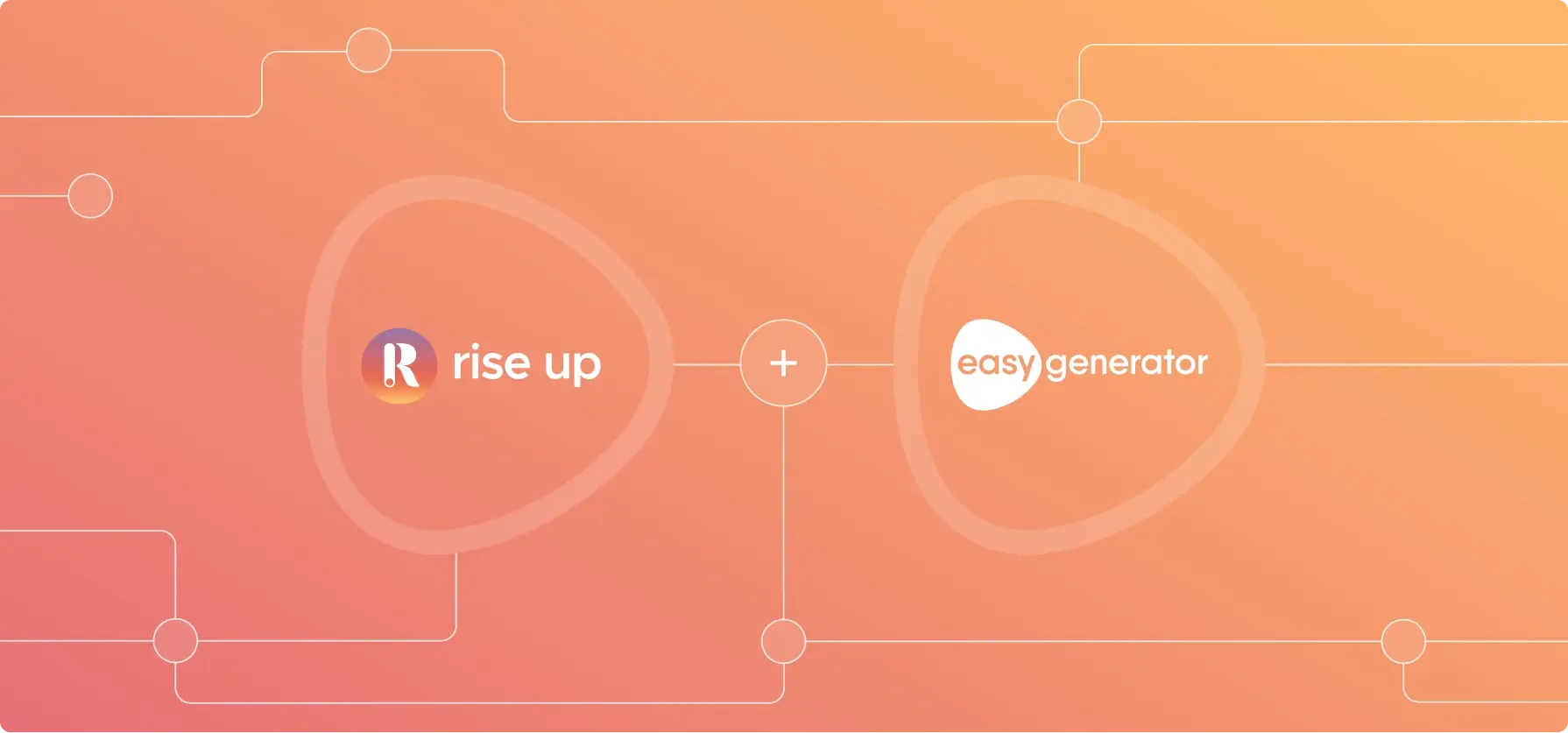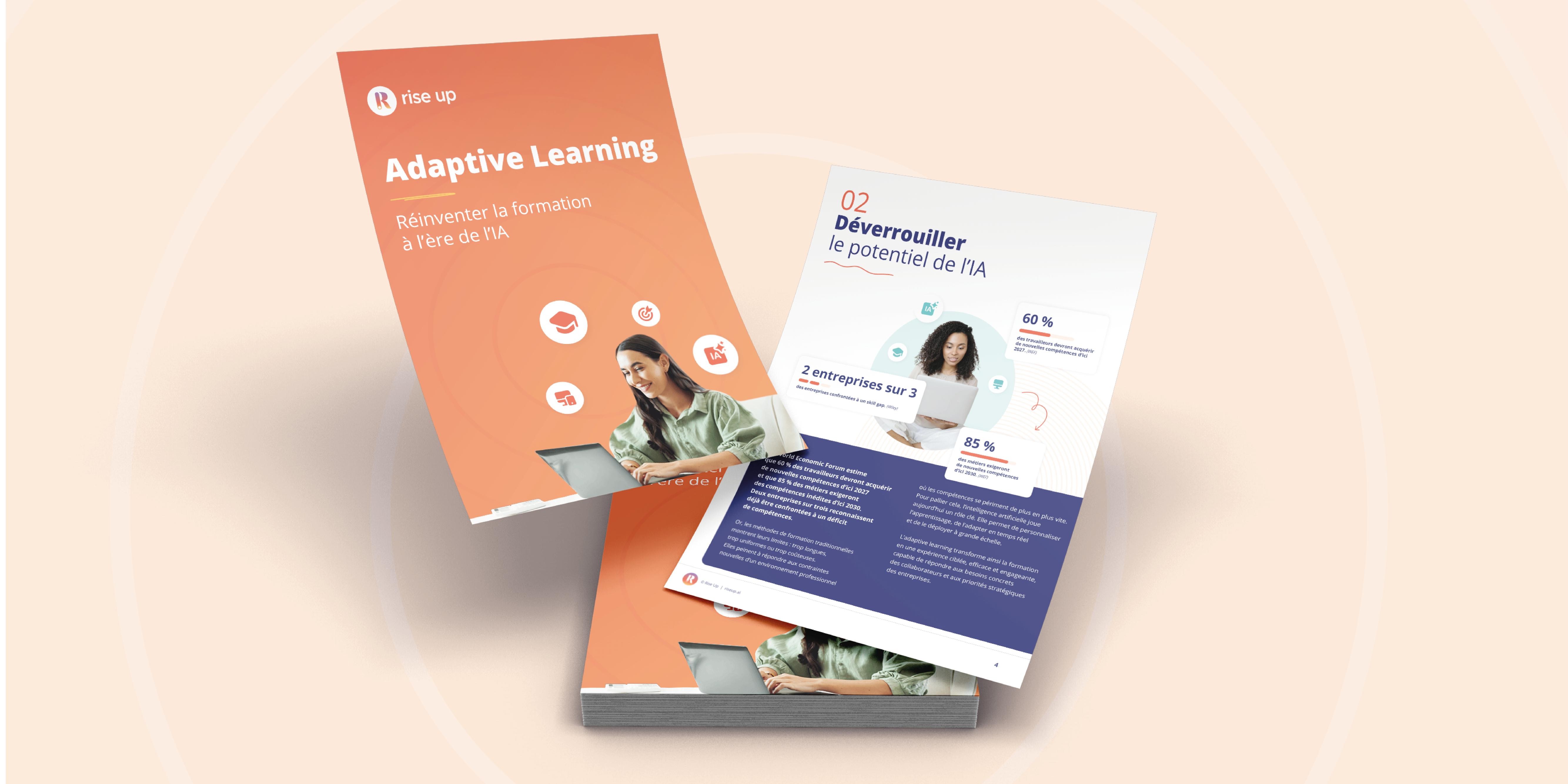The current learning and development landscape for the UK’s construction sector – challenges and solutions
8 minutes of reading | 2023-05-31
The construction industry is one of the largest sectors in the UK economy; last year, it contributed £139.8 billion to the UK GDP and employed over 2.9 million people. However, the industry faces several challenges, including a skills shortage with a lack of qualified workers to fill open positions. 
This is due to a number of factors, including the aging workforce, Brexit restrictions, the lack of interest in construction as a career, and the difficulty of attracting and retaining workers in the industry.
One way that the construction industry is addressing this is through learning and development. In recent years, there has been a growing focus on upskilling and reskilling the workforce, as well as on developing new skills and knowledge that are essential for the future of the industry. Last year, the UK construction industry spent £1.6 billion on training.
Here are some of the latest trends in learning and development for the construction sector in the UK:
- The rise of digital learning: Digital learning is becoming increasingly popular in the construction industry, as it offers several advantages over traditional face-to-face training. Digital learning can be accessed anytime and anywhere, it is more cost-effective, and it can be tailored to the individual needs of learners with the innovation of mobile/tablet apps available on and offline.
- The focus on soft skills: In addition to technical skills, construction workers also need to develop soft skills such as communication, teamwork, and problem-solving, to help attract Gen Z and the generations to follow. 70% of construction employers believe that soft skills are essential for success in the industry.
- The adoption of new technologies: The construction industry is embracing new technologies such as Building Information Modeling (BIM) and drones. 60% of construction employers are using new technologies such as BIM and drones. These technologies can help to improve efficiency, productivity, and safety. As a result, there is a growing demand for workers with skills in these areas which can be challenging due to the digital skills gap within the sector.
The construction industry is undergoing a period of rapid change, and employees need to be able to keep up. By investing in learning and development, the industry can ensure that it has the skilled workforce it needs to meet the challenges of the future, which includes the expected skills shortage of 2.4 million workers by 2025.
Challenges L&D teams in the construction sector face include:
- The cost of training: Training can be expensive, especially for specialized skills. This can be a barrier for small businesses and for workers who are trying to upskill or reskill.
- The need for flexibility: The construction industry is fast-paced and ever-changing. This means that workers need to be able to adapt to new technologies and methods. Training needs to be flexible enough to meet the needs of the industry and meet workers where they are to enable learning in the flow of work, including employees on-site!
- The need for quality: Training needs to be of high quality to be effective. This means that it needs to be delivered by qualified trainers and that it needs to be relevant to the needs of the industry.
These challenges can make it difficult for the construction sector to train its workforce effectively. However, several things can be done to address these challenges, such as:
- Making training more affordable: The cost of training can be a barrier for workers who are trying to upskill or reskill. There are many ways to make training more affordable, such as providing financial assistance to workers and partnering with training providers to offer discounted rates.
- Making training more flexible: This can be done by offering online training, blended learning, and on-the-job training using technologies that can support these various use cases. Rise Up’s LMS/LXP is a blended platform built for on-the-go learning, as well as in-person/virtual classrooms and e-learning follow-ups. Learn more about how Rise Up can support your construction business here.
- Making training more effective: L&D teams can ensure the quality of their training by having internal experts work with a training coach to collaborate to provide relevant and engaging training. Businesses can also benefit from using a best-practice content library like Sponge, Good Habitz, or Go1 (all partners of Rise Up) to lift their specialist content.
We also recommend giving employees the tools to create content on the fly via an authoring tool like Rise Up’s so knowledge is captured regularly, preventing knowledge from leaving with the business when people leave. Finally, always ask for feedback via surveys, comments, and during workshop/classroom sessions so you can optimize continuously to make your learning programs as effective as possible.
By addressing these challenges, the construction sector can ensure that it has the skilled workforce it needs to meet future challenges.
If you would like to Rise Up to help, learn more about the #1 LMS/LXP for the construction industry here.





